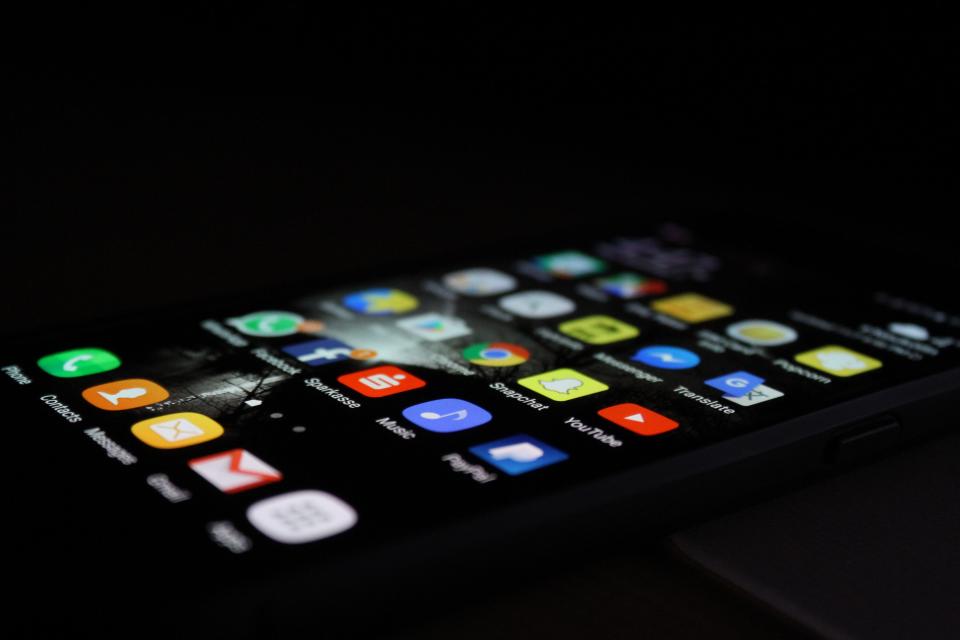Guest: Having a healthy relationship with our smartphones is important
This April will mark the 50th anniversary of the first cellphone call by inventor Martin Cooper. It seems hard to believe the technology has been around that long considering I didn’t get my first cellphone until my boss in the Marine Corps instructed me that I needed to be reachable “anytime … and I mean any time.” But when Cooper made that call from New York on April 3, 1973, he changed the world forever.
Who could have imagined what the cellphone would enable 50 years later? Wireless technology has the power to bring people together like never before, and the ongoing innovation continues to inspire me. With that in mind, I predict three trends for 2023 that will continue the evolution of how we use our wireless devices every day.
First, fixed wireless access (FWA) continues to be a great option for home internet, especially in underserved areas. In 2022, FWA ousted cable as the primary driver of broadband growth, with one report showing that FWA accounted for 80% of the new home broadband additions over the past year.
In 2023, I predict that trend will expand to the business community. For the same reasons FWA is attractive to consumers ― affordability, ease of use and broad availability ― it will be ideal for businesses either as the primary line or as a low-cost back-up option. As 5G coverage expands throughout 2023, more businesses will turn to wireless for reliable, uninterrupted connectivity.
Next, the introduction of smartwatches, like the Samsung Galaxy Gear in 2013 and the Apple Watch in 2015, brought connected wearable technology to the mass market, and over the past few years the integration of smartwatch and phone has become more seamless than ever. 2022 watch sales are on pace to be more than two-thirds higher than two years ago, so its clear customers are gaining interest.
In addition to calling, texting, getting directions and listening to music from our wrist, investment in features like sleep tracking and other biometric measures have grown the category to appeal to health-conscious users. I predict that smartwatch adoption will increase at a higher rate in 2023, especially among older generations, as watches continue to get new features that provide real-time updates and put users in charge of their own health.
Lastly, however, sometimes all that connectivity can become too much ― sometimes we need to disconnect in order to connect more meaningfully. To that point, we conducted a recent survey that shows 34% of people said they could use a break from their phone, and 30% said they wish they were less dependent on their phone, both increases from last year.

The great news is that devices have built-in ways to help us build a healthier relationship with technology, such as Apple’s Screen Time, Google’s Digital Wellbeing and daily time limits on social media usage.
It's important to connect people to what matters most, and sometimes that means being present with friends and family, instead of on our devices. Our phones can help bring us together when we’re apart, but having a healthy connection and balance with our devices is important. I predict there will be more efforts for people of all ages to reset their relationship with their devices by taking time to disconnect.

Laurent “LT” Therivel is president and CEO of UScellular.
This article originally appeared on Oklahoman: Guest: Sometimes we need to disconnect to connect more meaningfully

